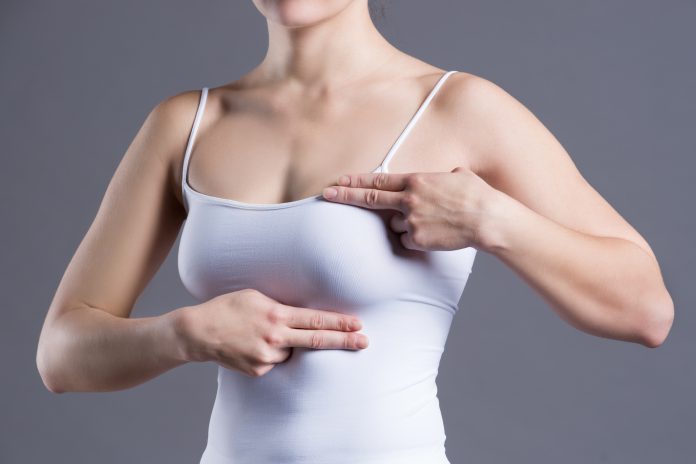
A new study finds that the rate of breast cancer recurrence after nipple-sparing mastectomy (NSM) is low—only 3%—up to 10 years after treatment. Led by a team from New York University Langone Health, the study published in Plastic and Reconstructive Surgery supports the procedure as a safe option in appropriately selected patients.
In the NSM technique, the surgeon preserves the nipple and surrounding tissues for use in immediate breast construction. Compared to conventional mastectomy, NSM allows for a more natural-looking reconstruction and improved quality-of-life outcomes for patients. Yet, despite an increase in NSM surgeries, there has been little information about the long-term risk of recurrent breast cancer in these patients.
The NYU study included 120 patients and a total of 126 therapeutic NSM procedures performed at the medical center. The analysis excluded prophylactic (preventive) NSM procedures to reduce the risk of breast cancer in women at high genetic risk.
At a median follow-up of 10 years after NSM, the analysis showed low recurrent cancer risks: 3.33% per patient and 3.17% per reconstructed breast. Of the four patients with recurrent cancer, two had local recurrences (breast only) and two had cancer spread to other locations (locoregional recurrence). Recurrence risk was higher for women who had cancer involving the lymph nodes.
Previous research by other groups have suggested that recurrence within the nipple-areola complex include age younger than 40 years, estrogen receptor negativity, overexpression of human epidermal growth factor receptor 2, and a tumor-to-nipple distance less than or equal to 1 cm. However, in this study, no patient-related factors or tumor characteristics were significantly associated with locoregional recurrence/occurrence.
While the data are encouraging, it should be noted that most of the patients in this study had early-stage breast cancer: stage 1 in about 45% and stage 0 in 34%. These patients are already considered good NSM candidates.
Still, the authors caution that despite low rates of recurrence, close surveillance remains important to continually assess for long-term safety of NSM, particularly with expanding indications for the procedure. “And the technique is also associated with a steep learning curve that must be considered to achieve optimal outcomes,” added lead investigator and NYU surgeon Mihye Choi, MD.
Choi and her colleagues have a long history of studying NSM and optimizing breast cancer reconstructive surgeries. They developed an online NSM Risk Assessment Tool intended to provide patients with individualized estimates of risk for undergoing NSM and breast reconstruction based on an individual’s unique situation.













